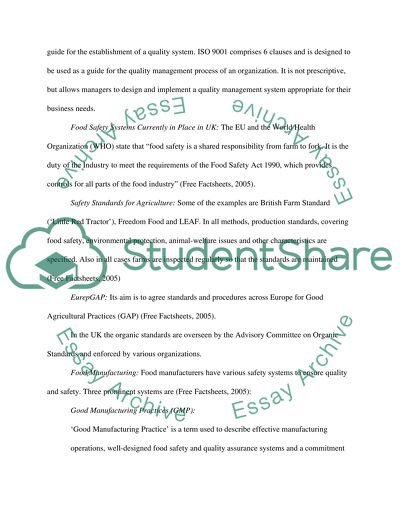Cite this document
(“Quality Management Systems in Food Industry Essay”, n.d.)
Retrieved from https://studentshare.org/technology/1508080-quality-management-systems-in-food-industry
Retrieved from https://studentshare.org/technology/1508080-quality-management-systems-in-food-industry
(Quality Management Systems in Food Industry Essay)
https://studentshare.org/technology/1508080-quality-management-systems-in-food-industry.
https://studentshare.org/technology/1508080-quality-management-systems-in-food-industry.
“Quality Management Systems in Food Industry Essay”, n.d. https://studentshare.org/technology/1508080-quality-management-systems-in-food-industry.


